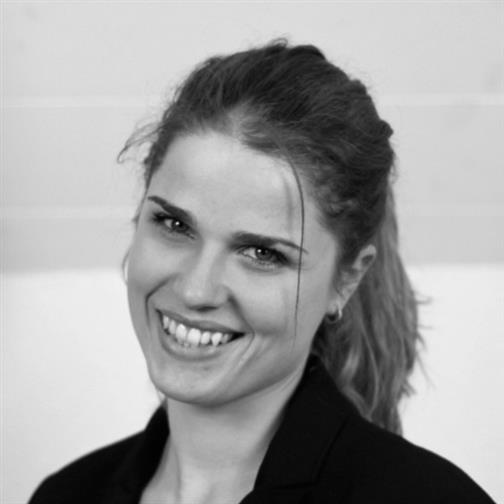All agile methodologies aim to satisfy the rapid development needs by focusing on iterations of development, small releases, accepting changing requirements and direct communication with the customers. A whole group of agile methodologies emerged following these principles of agility.
There is no one agile approach that will fit your situation perfectly. Each project context has its own peculiarities, such as the varied mix of team member skills, the various components of the product in development, and the age, scale, criticality, complexity, and regulations of the environment in which the work takes place. Most agile approaches leave space for tailoring it to your own specific needs. For example, you can use an agile development followed by a predictive rollout. Or a combined agile and predictive approach used simultaneously. You can also use a largely predictive approach with agile components or the other way around.
Sometimes project attributes require tailoring an approach for a better fit. Consider the demand pattern: is it steady or sporadic? Many teams use a cadence in the form of a regular timebox in order to demo, retrospect, and take in new work. Some teams need more flexibility in their acceptance of more work. Teams can use flow-based agile with a cadence as a tailoring option. In the flow-based agile the team sets a work in progress limit for each column on the board and tracks the team’s cycle time in order to know how long features take on average. The team then manages the work based on those limits.
If the rate of process improvement required is very high, it can help to retrospect more often. If the flow of work is often interrupted by various delays or impediments, consider making work visible using Kanban boards and experimenting with limits for the various areas of the work in progress in order to improve the workflow. If the quality of the product increments is poor, consider using the various test-driven development practices. Defects rarely remain undetected if you look for mistakes regularly. If more than one team is needed to build a product, consider practices from Scrum of Scrums or Large-Scale Scrum (LeSS).
When the project team members are inexperienced in the use of agile approaches it is best to start by training team members in the fundamentals of the agile mindset. If the team decides on the use of a specific approach, provide a workshop on that approach so the team members can learn how to use it best.

